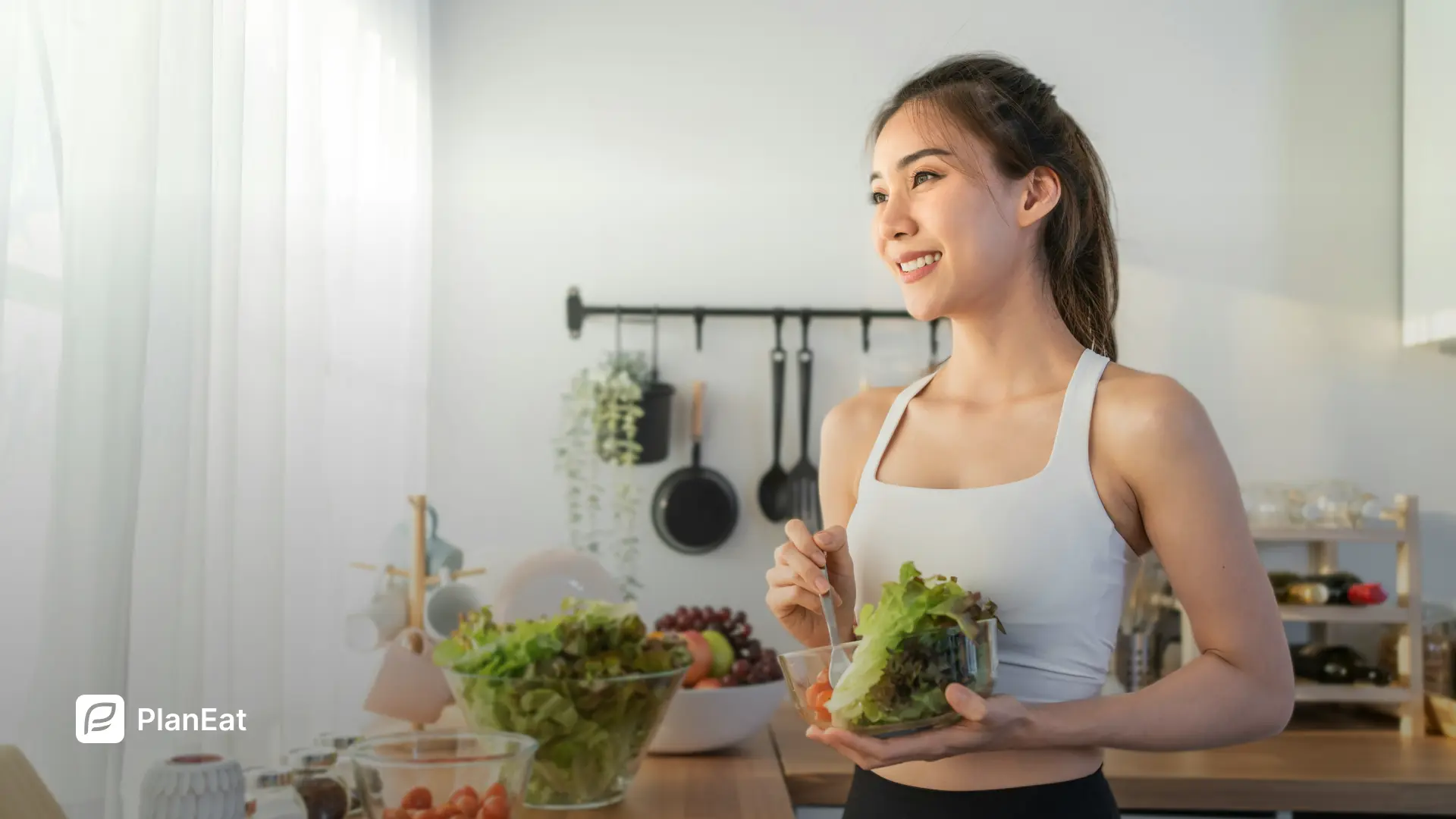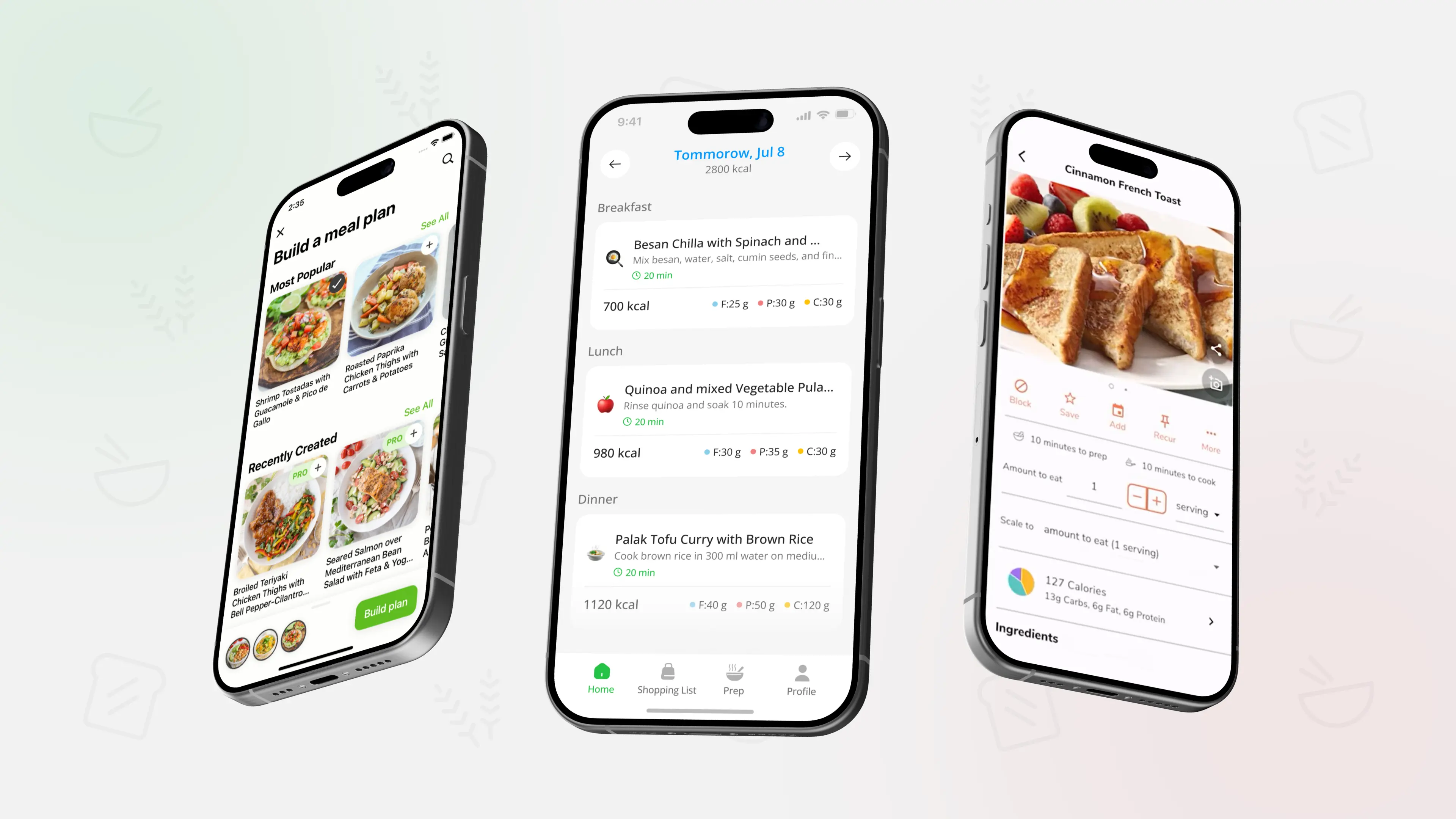How AI Helps Meal Planning (Personalized Menus & Lists)
.webp)
TL;DR: AI can turn your goals, time, and food preferences into personalized menus and grouped grocery lists in minutes. It also rotates meals, suggests smart swaps, and helps you stick to a simple pattern (protein + fiber + smart carbs) without rebuilding plans every week.
What “AI meal planning” actually does
In plain English, an AI-powered planner asks (or learns) about:
- Goals & constraints: weight loss/maintenance, higher protein, more veggies, fewer sugars, allergies/intolerances.
- Time & skill: 15–25-minute dinners, one-pot meals, beginner-friendly cooking.
- Pattern & diet: omnivore, vegetarian, pescatarian, dairy-free, etc.
- Budget & store: affordable staples, overlap ingredients to cut waste.
- Meal-prep habits: leftovers on purpose, batch-cook days, freezer-friendly picks.
Then it turns that into a week of meals plus a grocery list grouped by store section (produce, dairy, pantry, freezer). If you’re new to the structure behind “balanced meals,” anchor yourself first with a simple balanced plate guide
If you want ongoing, consistent planning (not one-off ideas), you can keep your preferences, weekly goals, and grocery lists in one place with PlanEat AI and let it generate/rotate menus around the same protein + fiber pattern.
Where AI helps most — and where it doesn’t
What AI does well
- Speed: builds a week in minutes, even with constraints.
- Personalization at scale: dietary rules, dislikes, prep time, portions.
- Rotation without boredom: swaps within a pattern (e.g., taco night → fish/pinto/tempeh).
- Grouped grocery lists: fewer trips across the store; less food waste.
- Leftover logic: plans batch-cooks that become lunches.
What to watch
- Flavor & detail: you may still add sauces/spices you love.
- Numbers are estimates: macro/calorie counts are directional, not lab-tested.
- Medical nuance: AI is not a clinician — personalize with professionals if needed.
If you prefer the “one-off” route for experiments, see your guide to prompts and examples. For long-term routine, a dedicated planner is easier than re-explaining your context every week.
A realistic AI-powered mini-week (with smart swaps)
Below is a 3-day scaffold (repeat/swap to cover the week).
Breakfasts (rotate)
- Overnight oats with chia and sliced pear; spoon of peanut butter.
- Cottage cheese/skyr + pineapple + pumpkin seeds.
- Spinach egg muffins (baked once), plus whole-grain toast.
Lunches (simple assemblies)
- Quinoa-chickpea tabbouleh (parsley, tomato, lemon, olive oil) + yogurt.
- Tuna & white-bean wrap with crunchy lettuce and pickled onions.
- Roasted veg & hummus bowl (sheet-pan carrots/peppers/onion) over brown rice.
Dinners (AI chooses within a pattern + quick swaps)
- Turkey meatballs in tomato sauce over creamy polenta with garlicky green beans.
- Swap: baked falafel or lentil “meatballs”; polenta → whole-grain pasta.
- Tofu–veg soba stir-fry (broccoli, snap peas, carrot; soy/ginger/garlic) over soba noodles.
- Swap: chicken/shrimp; soba → brown rice; soy-free → coconut-aminos.
- Baked white fish (cod/pollock) with lemon potatoes and roasted zucchini.
- Swap: salmon or tempeh; potatoes → barley or farro.
If you like seeing this expanded into a full weekly flow, connect it to your weekly meal plan examples and let AI fill the rest of the week with equivalent-effort swaps.
Tired of juggling notes? In PlanEat AI, you can save these patterns as favorites, get a grouped grocery list, and rotate similar dinners automatically — same effort level, new flavors.
Make the most of AI: settings & habits that actually work
- Lock your pattern first. Decide the rule set (e.g., protein + fiber at most meals) so AI swaps stay consistent.
- Set realistic time limits. 15–25 minutes on weekdays, 35–40 on weekends.
- Enable leftovers on purpose. Ask for 2× dinners that become next-day lunches.
- Pin your “non-negotiables.” Two fish meals/week? Dairy-free breakfasts? Tell the system.
- Budget mode. Favor beans/lentils, eggs, frozen veg, and store brands; overlap ingredients. For a concrete template, see your $50/week grocery list + 7-day menu.
- Batch-cook switch. If you like weekend prep, pair AI with a 2-hour meal-prep routine.
FAQ: AI and meal planning
Does AI really personalize, or is it generic?
It can personalize surprisingly well if you set clear constraints (time, diet, dislikes, budget) and give feedback. Over a few weeks, rotation feels intentional rather than random.
Can AI do accurate calories/macros?
Treat numbers as estimates. For everyday healthy eating, rough consistency beats perfect tracking. If precision matters (medical, athletic), use professional tools and guidance.
What about families and picky eaters?
Ask for build-your-own meals (tacos, bowls, pasta) so adults add extra veg while kids keep simpler versions.
Can I use this for a family?
You can use the same structure but costs will scale with the number of people and appetites. For a family, it’s often easier to plan at the weekly meal plan level first (breakfast/lunch/dinner skeleton), then drop in a few budget recipes like the ones here. batch on the day you cook.
Will AI reduce food waste?
Yes — by overlapping ingredients and planning leftovers. A grouped grocery list + planned batch-cooks often cut waste dramatically.
How do I avoid getting bored?
Fix the pattern, rotate the flavors: swap cuisines (Mediterranean, Mexican-inspired, Asian-style), change sauces, and cycle proteins (fish, beans, tofu, poultry).
Educational content only — not medical advice. Personalize with a registered dietitian/doctor if you have medical conditions or complex dietary needs.
AI meal planning — in practice
Set your goals, time, and diet once, and let AI build rotating menus with a grouped grocery list. Keep the protein + fiber pattern, save favorites, and reuse what works instead of starting from zero.


.webp)
.webp)
.webp)
.webp)
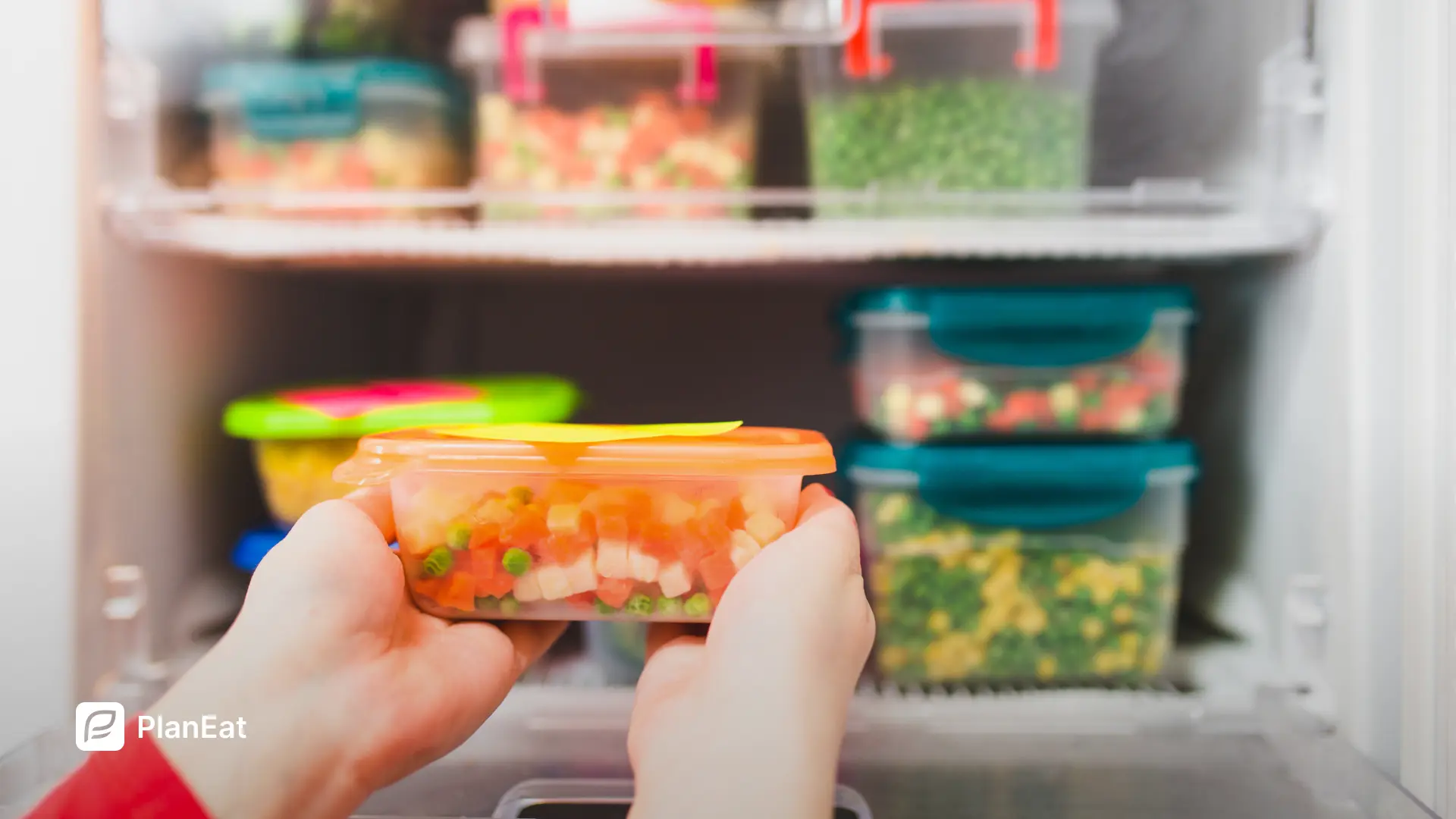
.webp)
.webp)
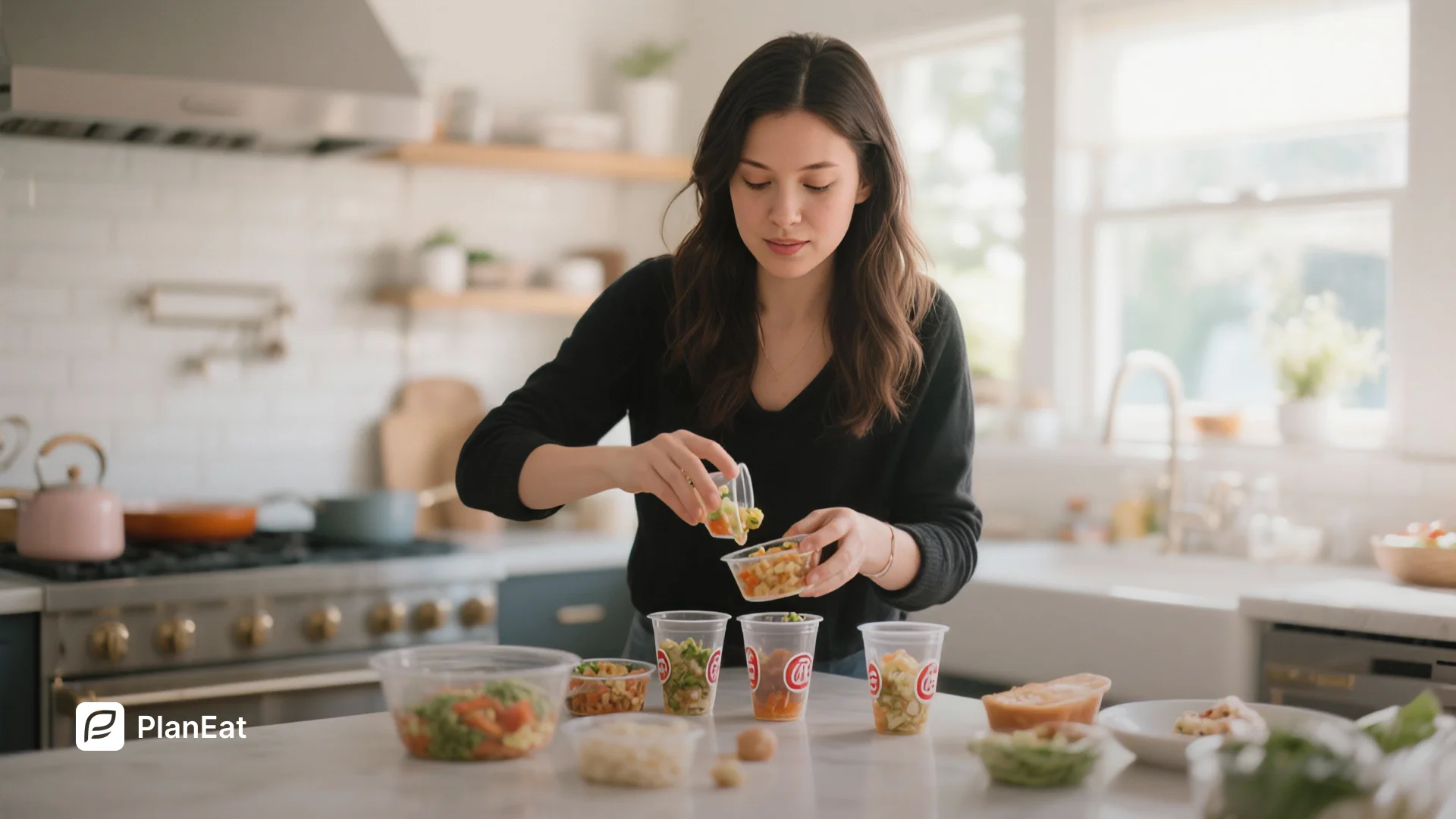
.webp)
.webp)
..webp)
.webp)
.webp)
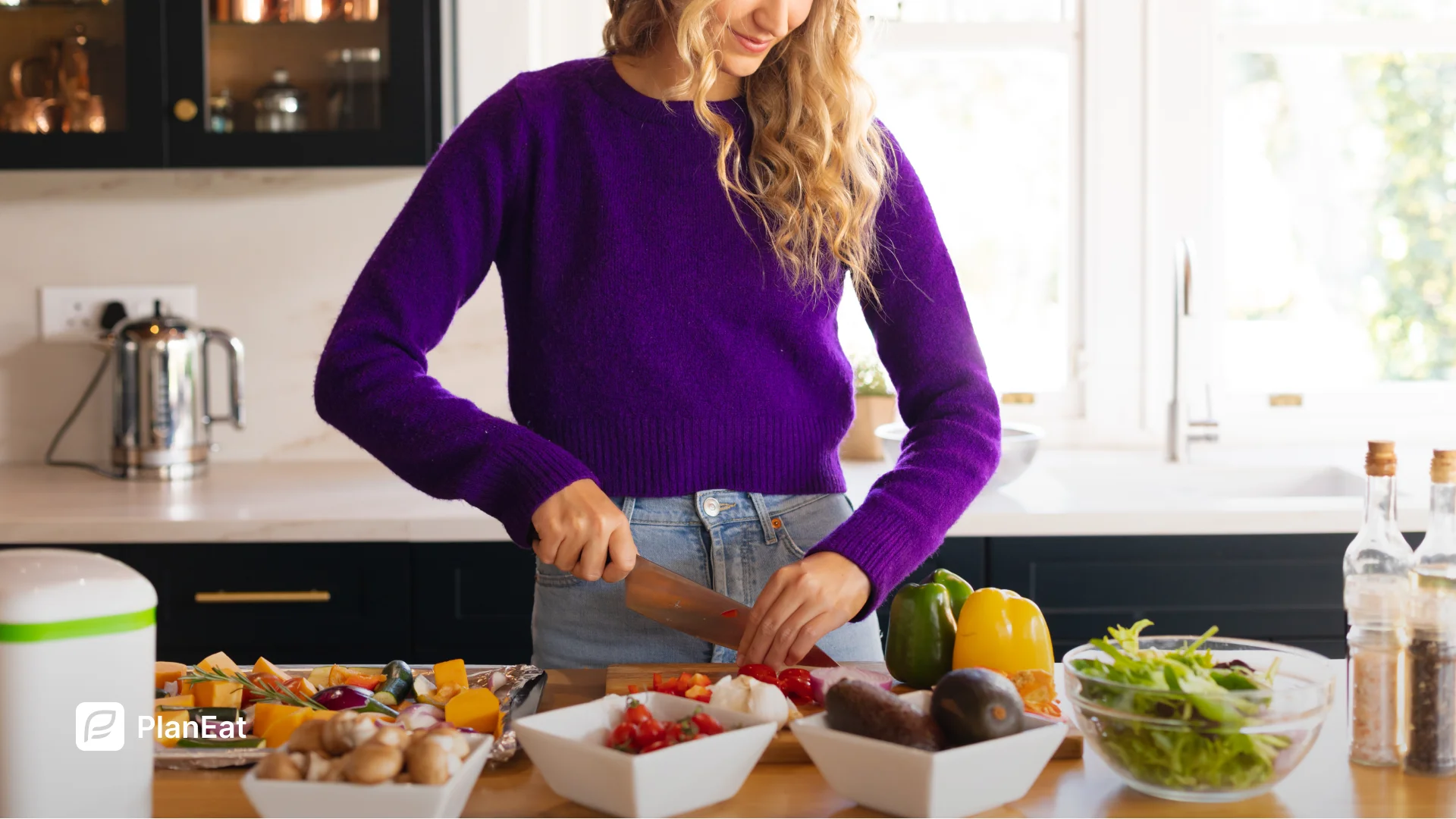
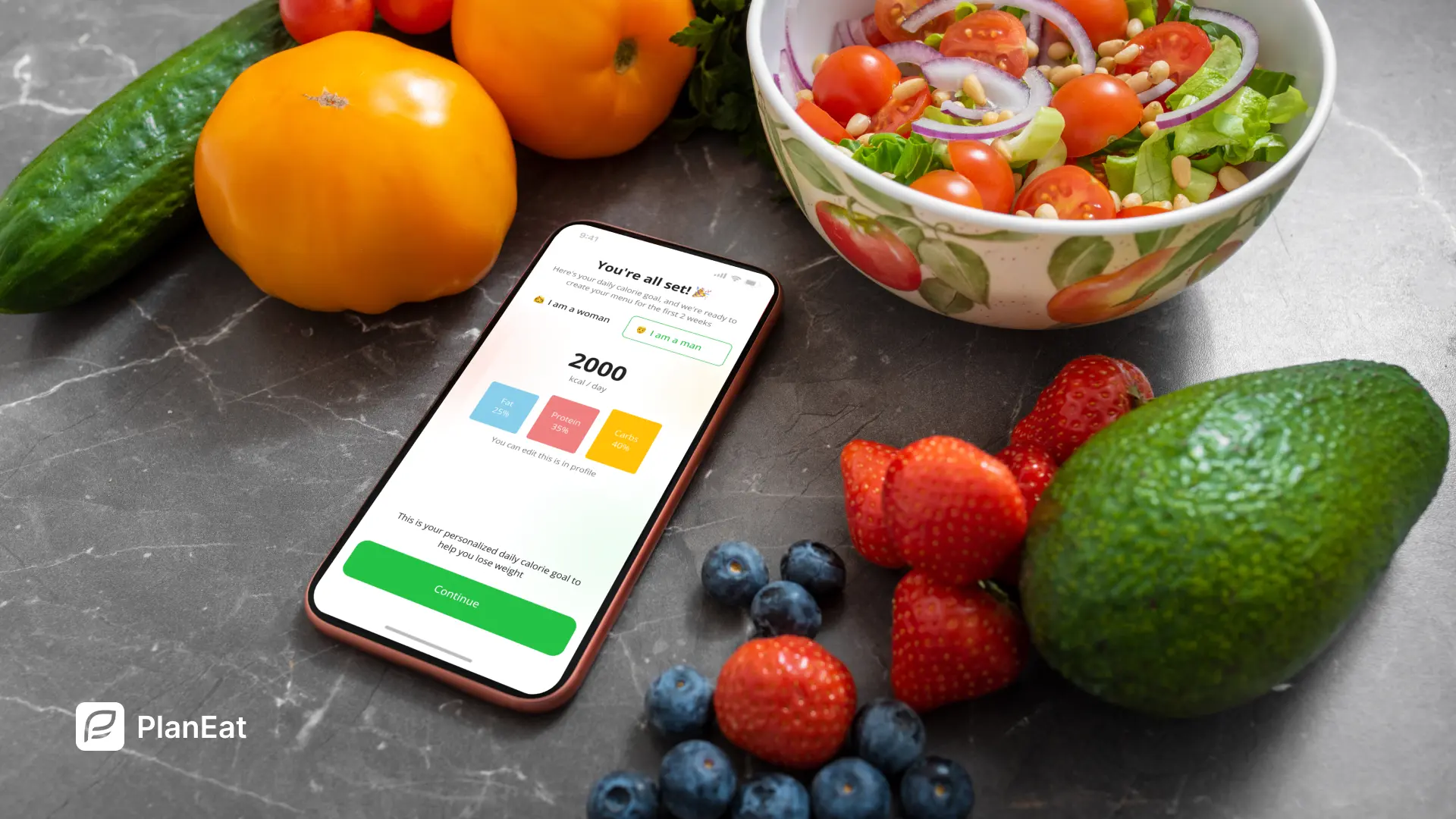
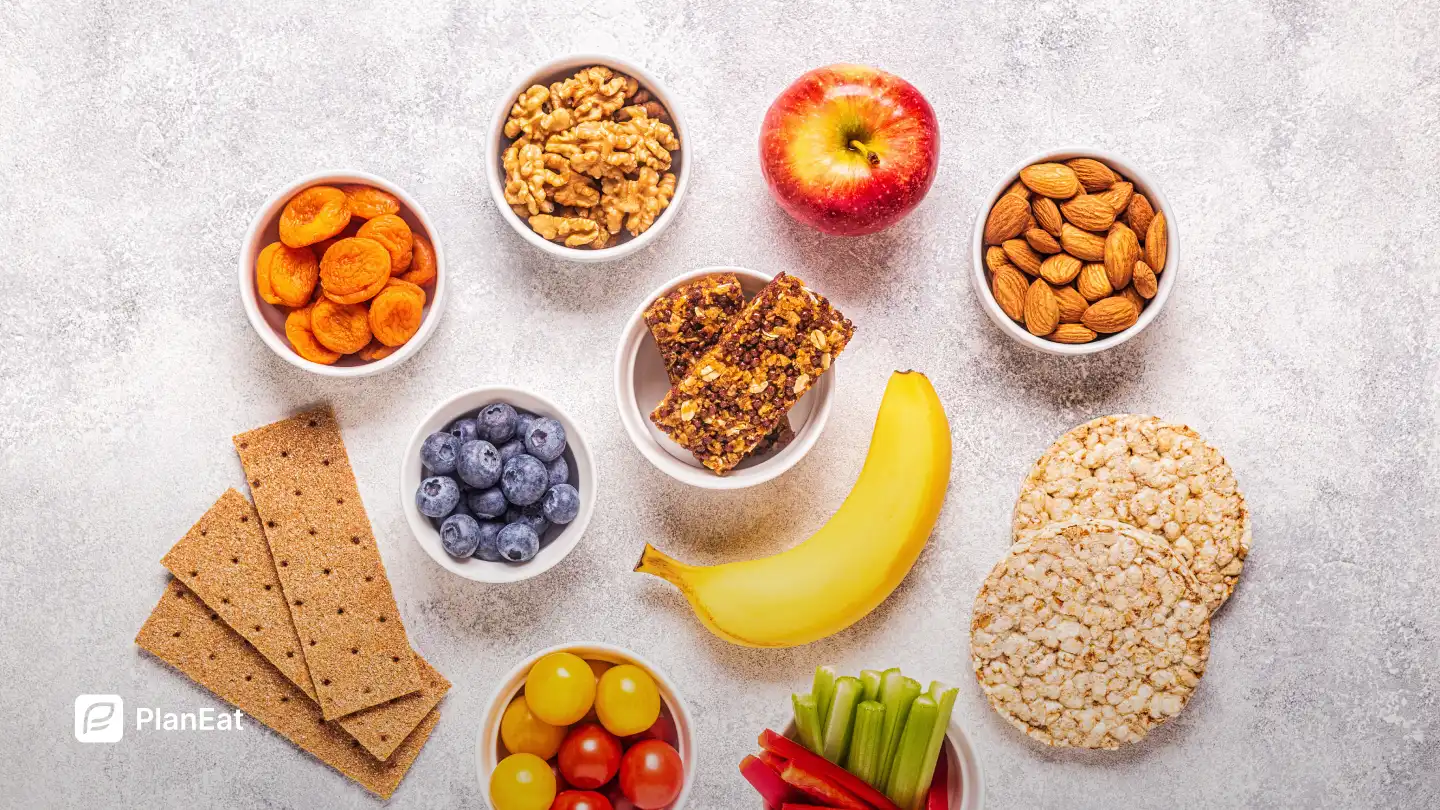
.webp)


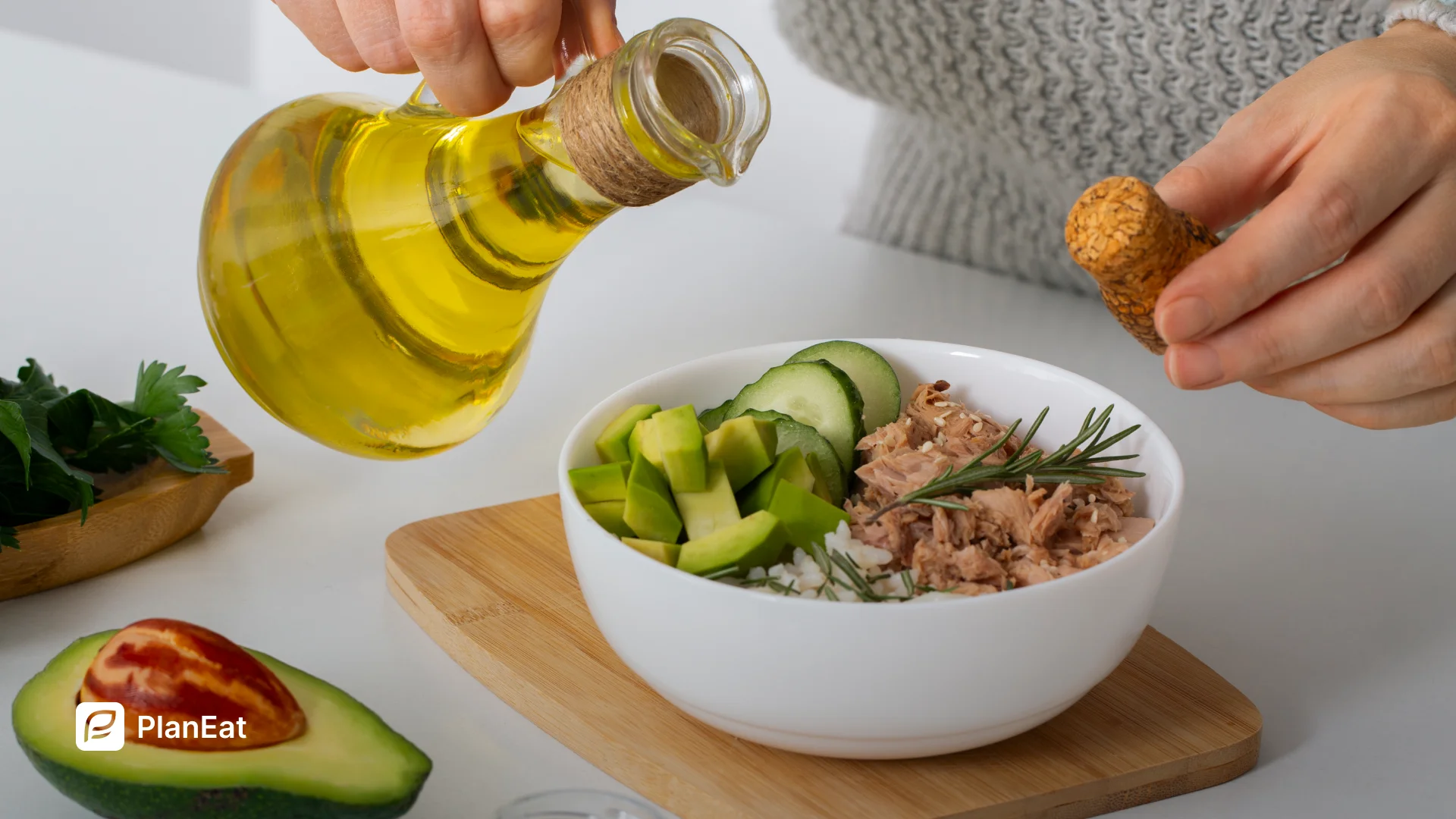
.webp)



.webp)
.webp)
%20%2B%207%E2%80%91Day%20Menu.webp)
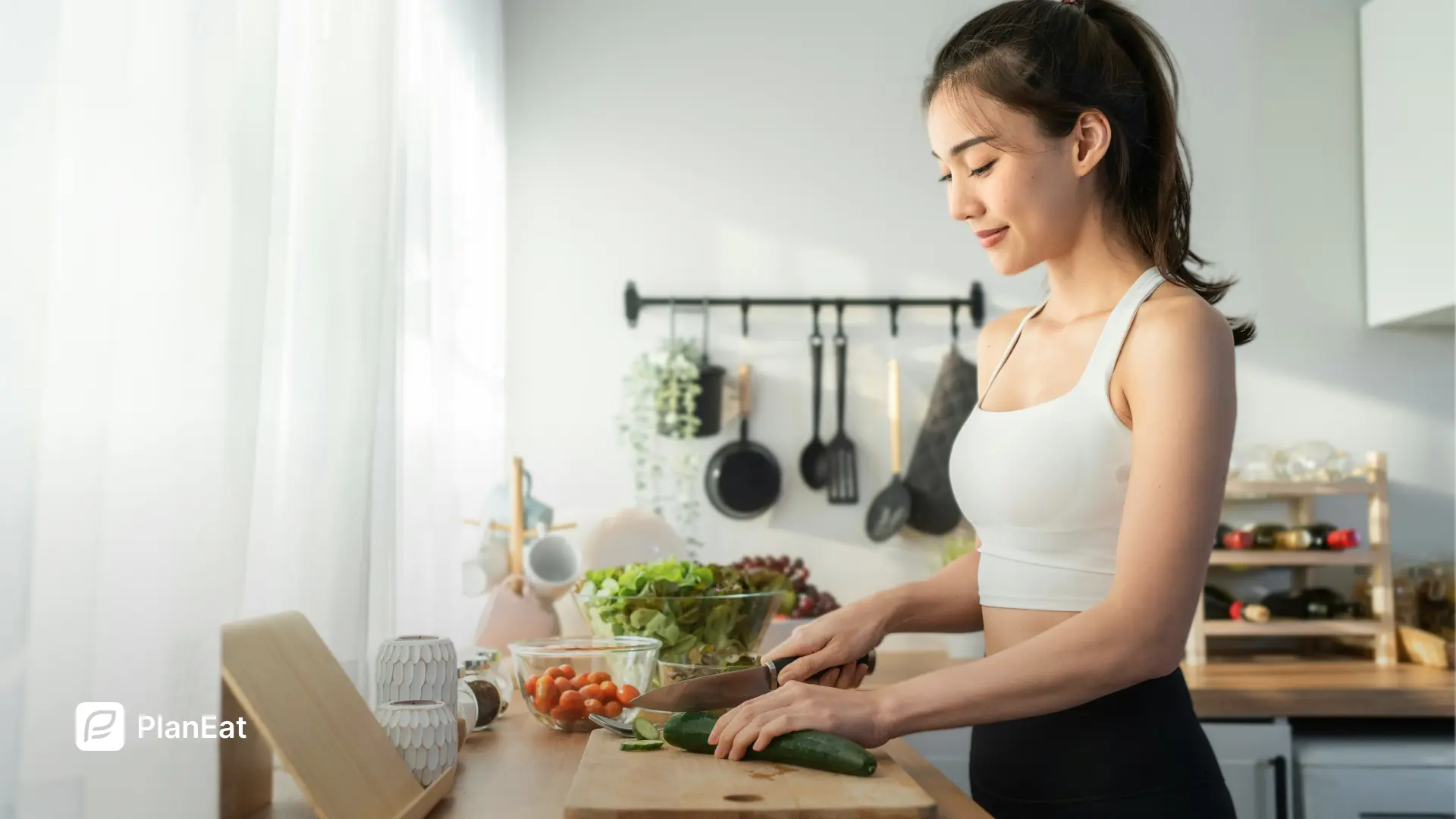



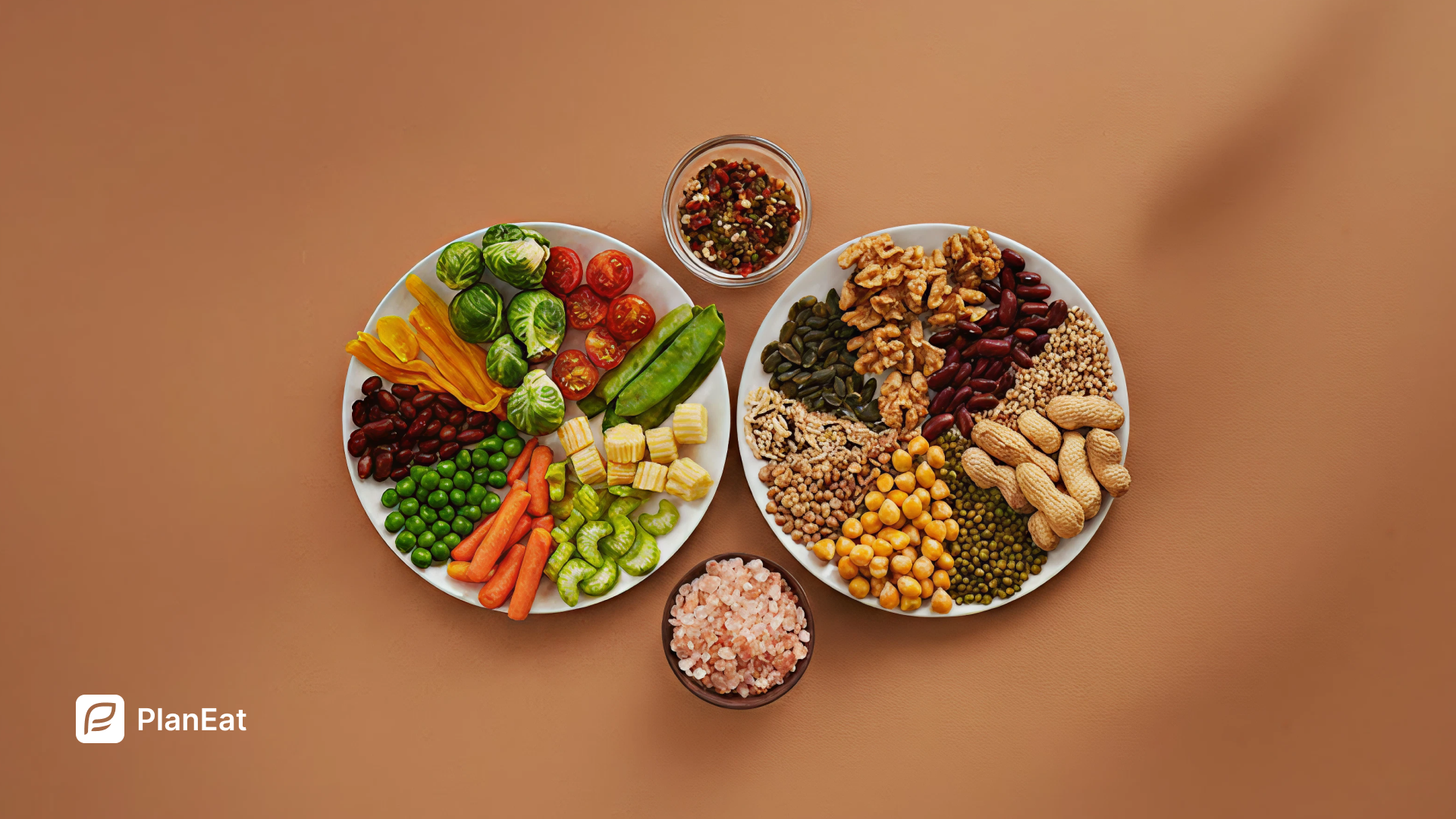
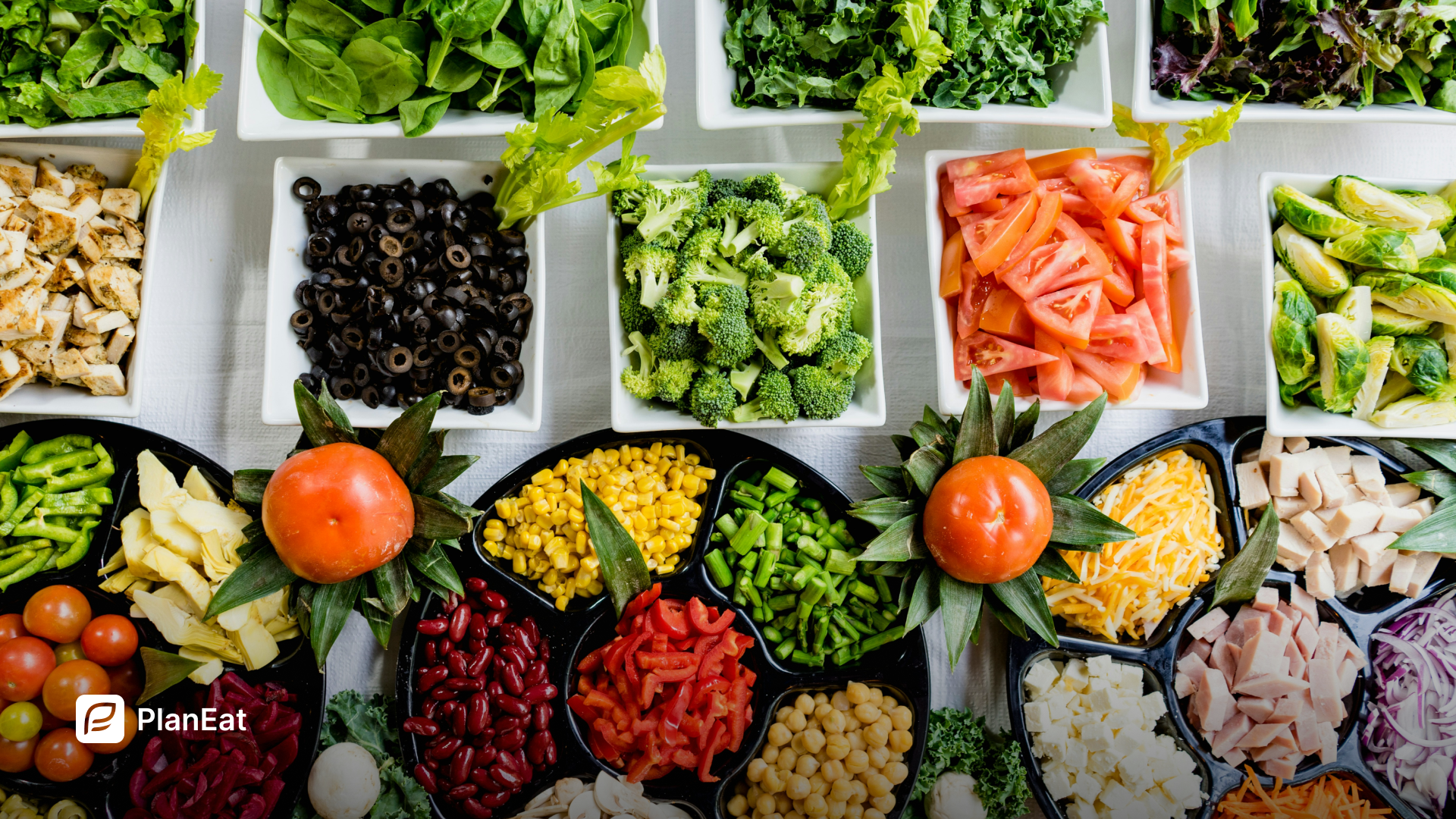
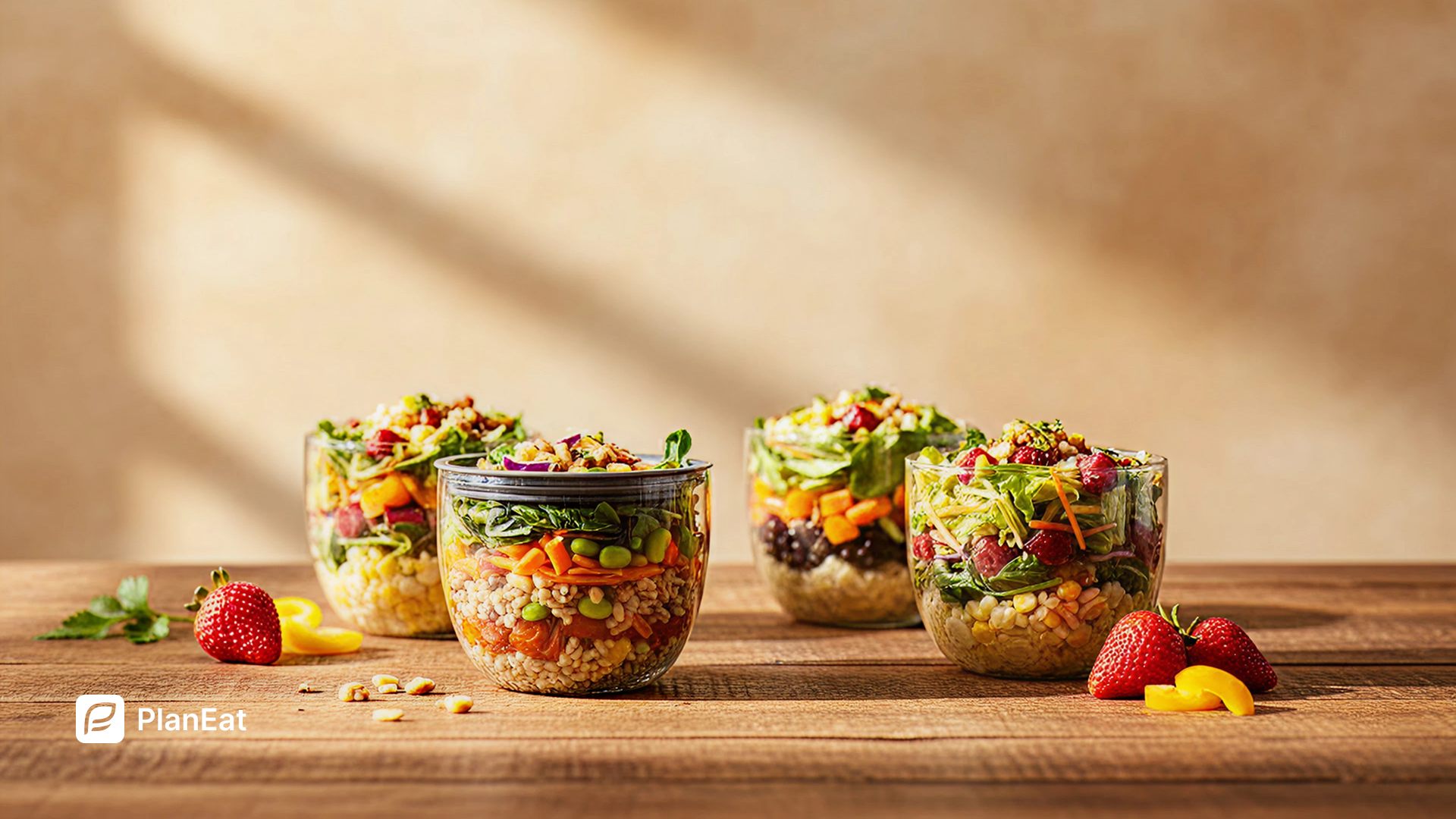

.webp)
